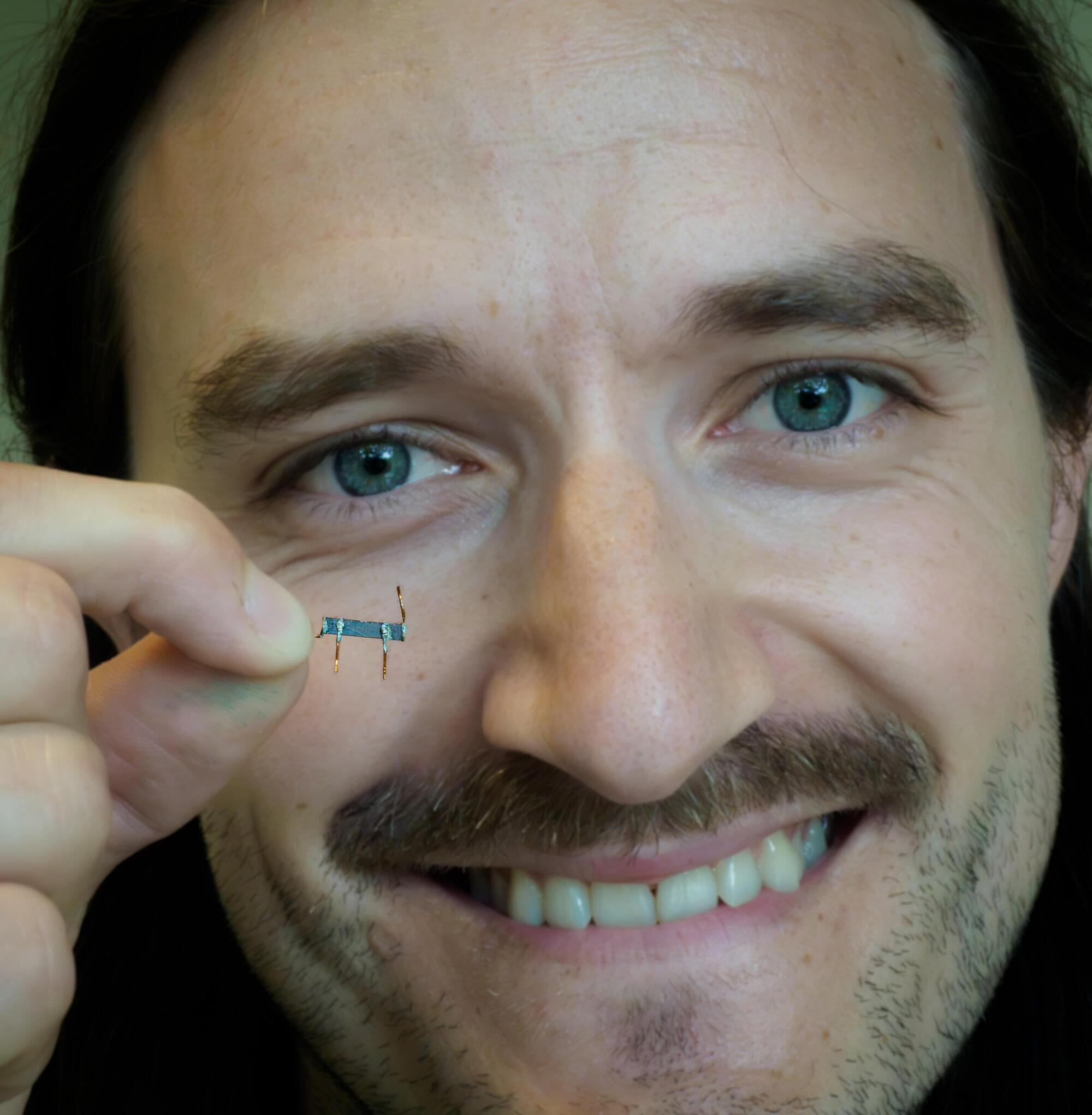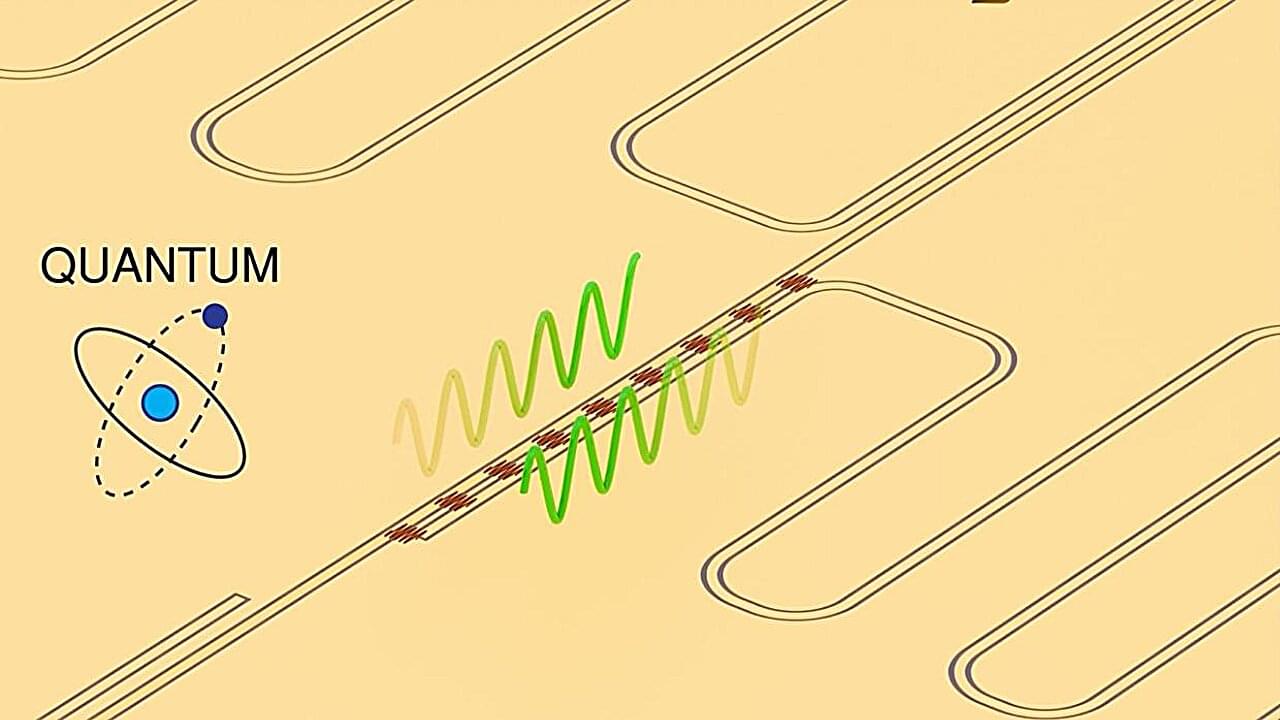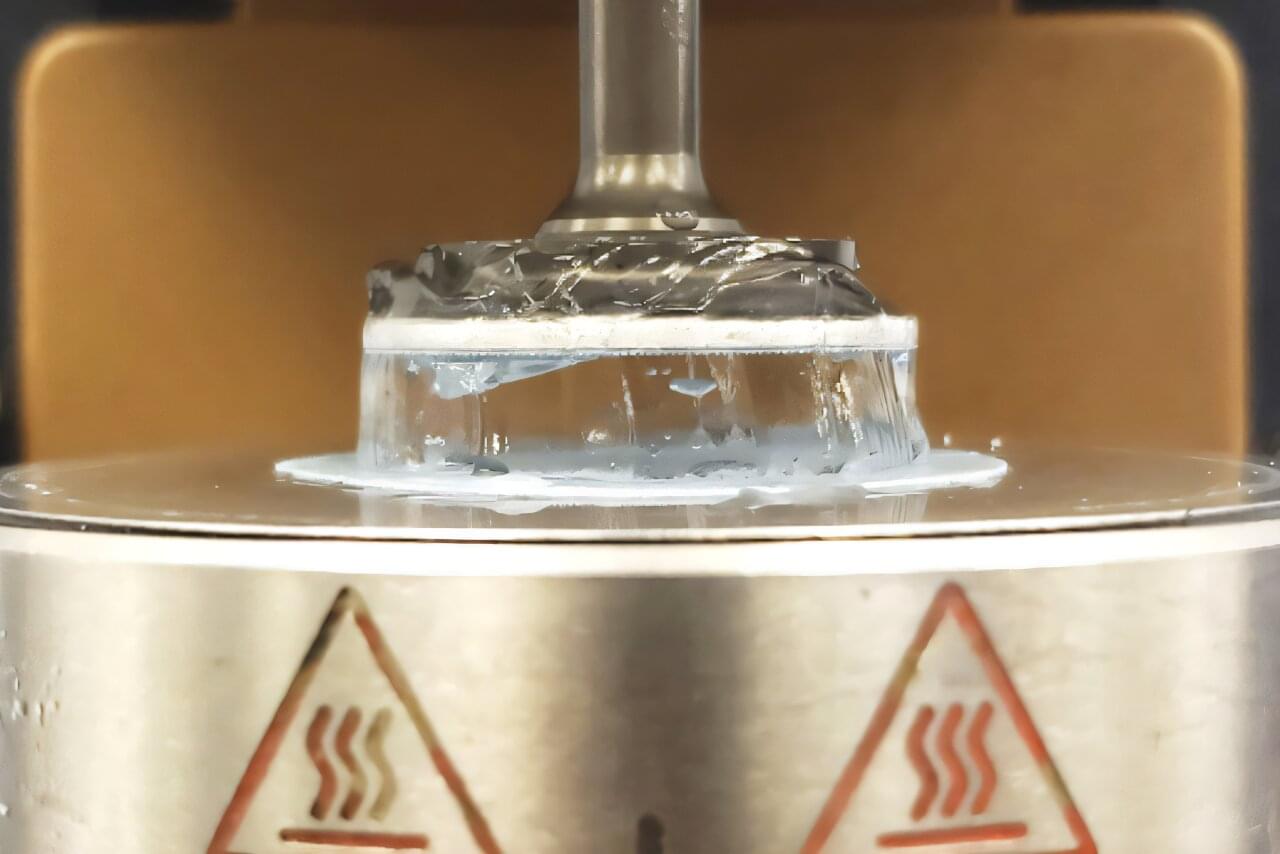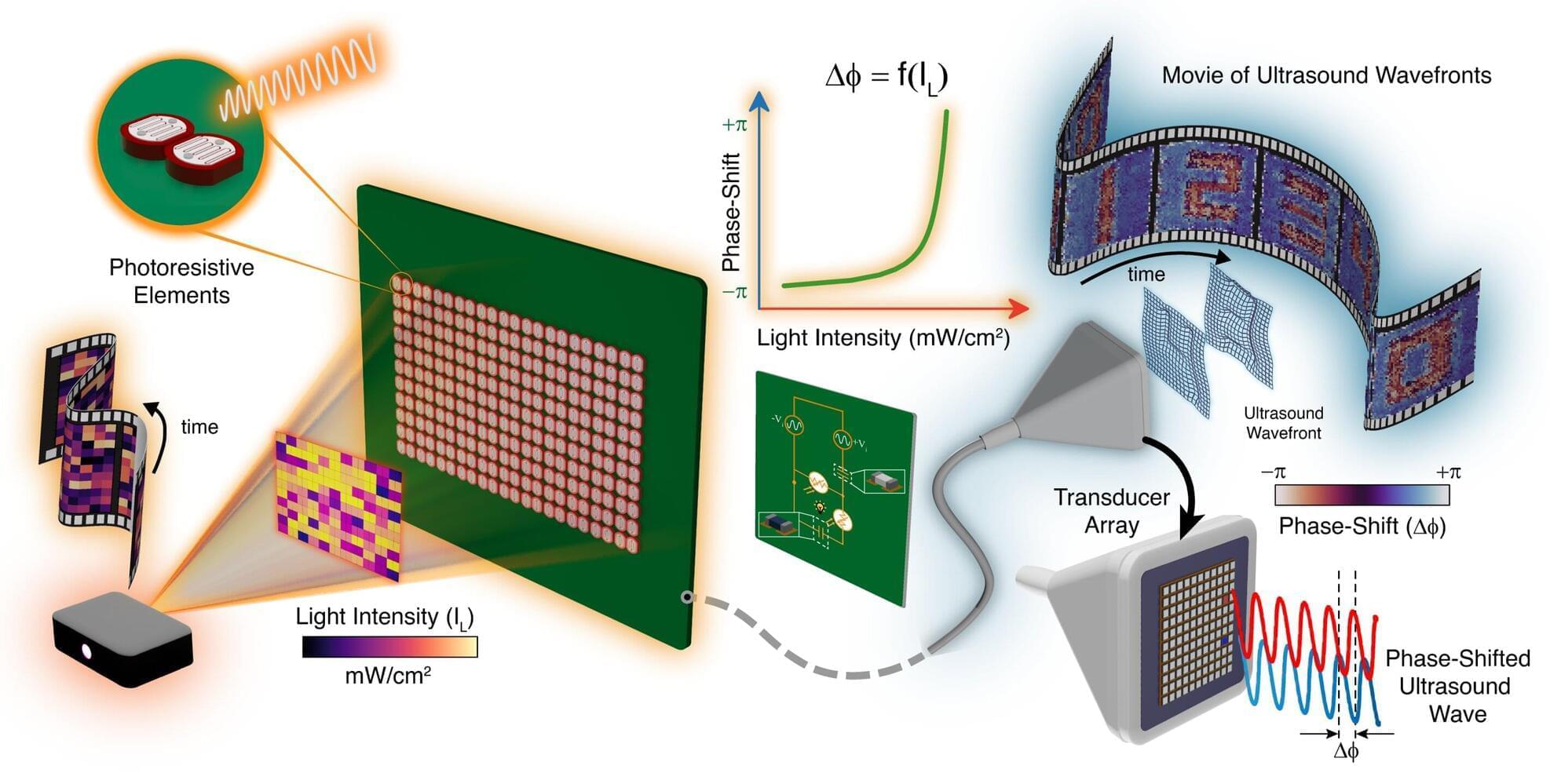If your hand lotion is a bit runnier than usual coming out of the bottle, it might have something to do with the goop’s “mechanical memory.”
Soft gels and lotions are made by mixing ingredients until they form a stable and uniform substance. But even after a gel has set, it can hold onto “memories,” or residual stress, from the mixing process. Over time, the material can give in to these embedded stresses and slide back into its former, premixed state. Mechanical memory is, in part, why hand lotion separates and gets runny over time.
Now, an MIT engineer has devised a simple way to measure the degree of residual stress in soft materials after they have been mixed, and found that common products like hair gel and shaving cream have longer mechanical memories, holding onto residual stresses for longer periods of time than manufacturers might have assumed.









